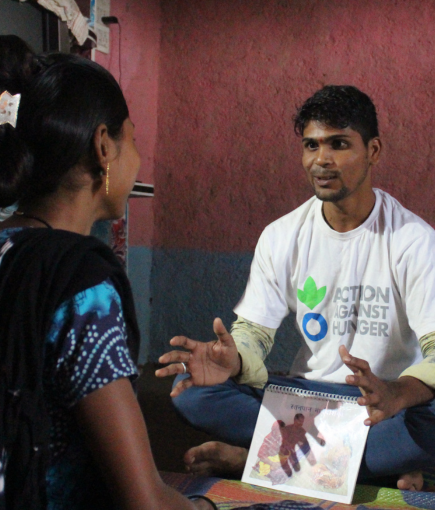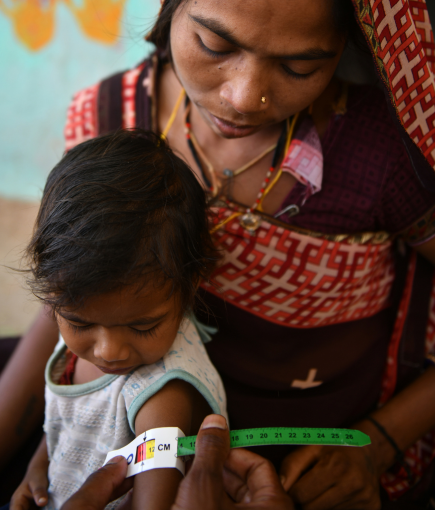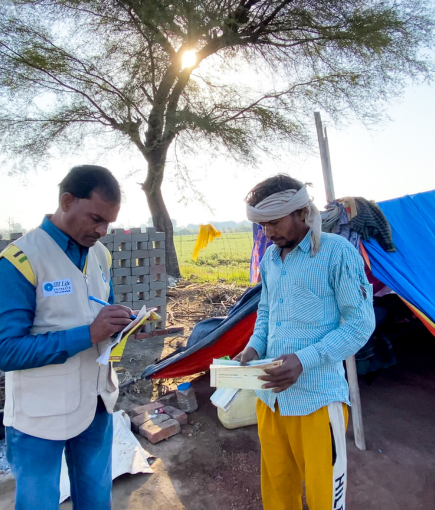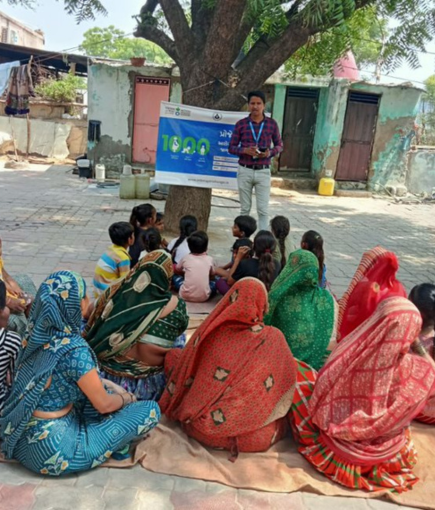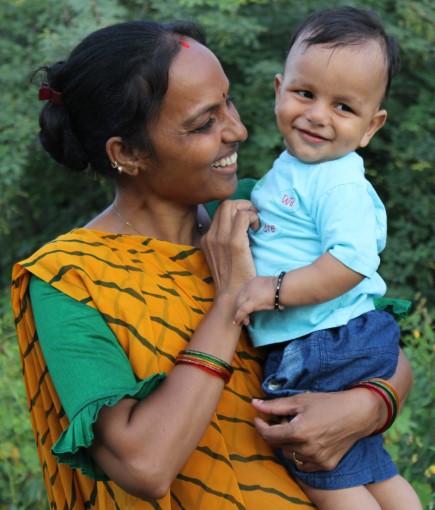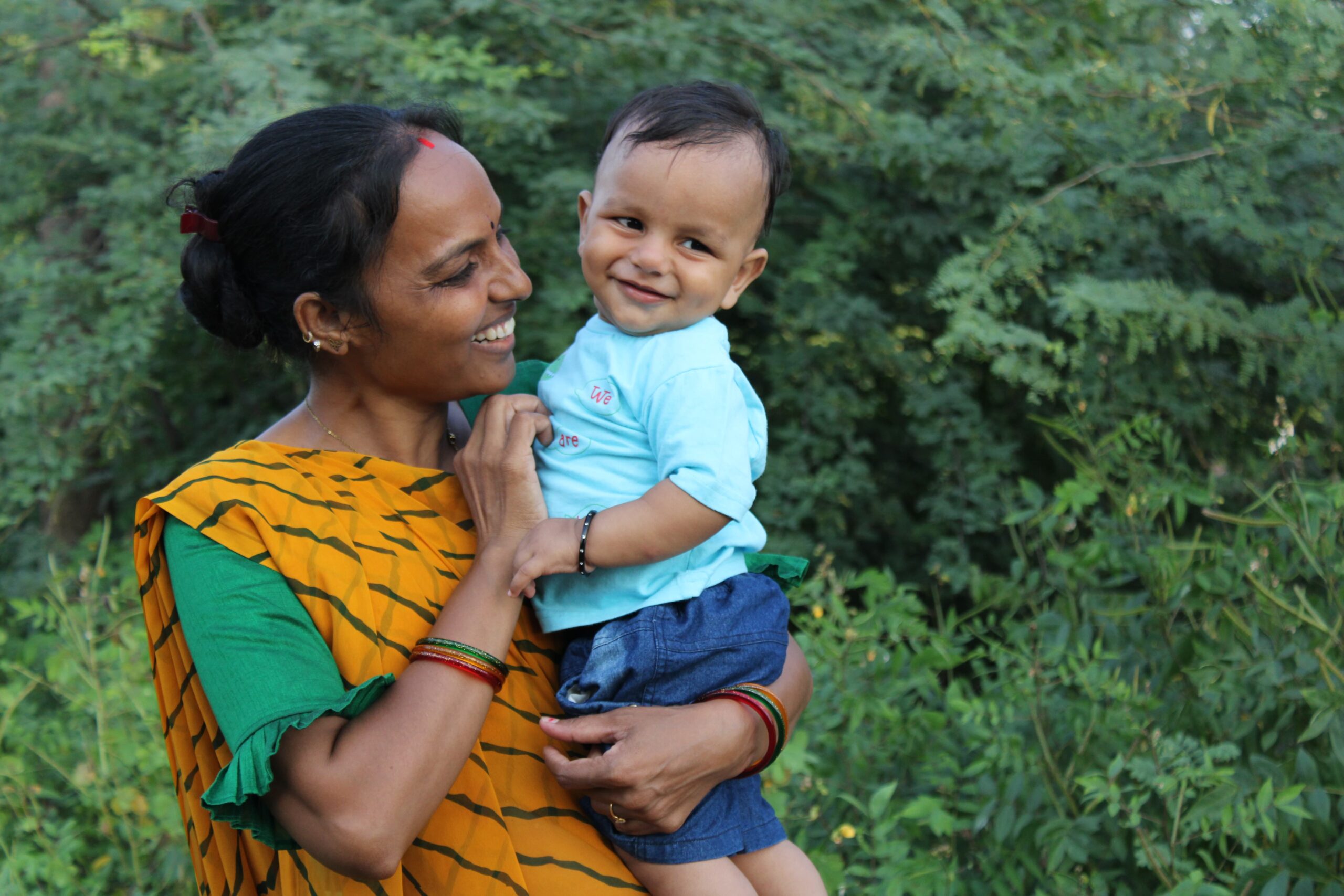Where we work
4,77,507
Population Reached
66,498
Children under 5 screened for signs of malnutrition
9,697
Malnourished children referred and treated
51,952
Pregnant and lactating women reached
98,585
Home visits conducted

4,077
Phone based counselling sessions
3,448
Government frontline workers trained
5,804
Group discussions and demonstrations conducted
3,005
Anganwadis covered
4,342
Children cured


